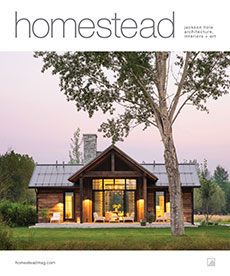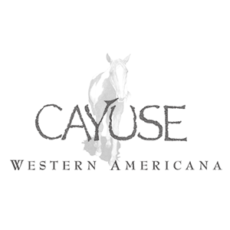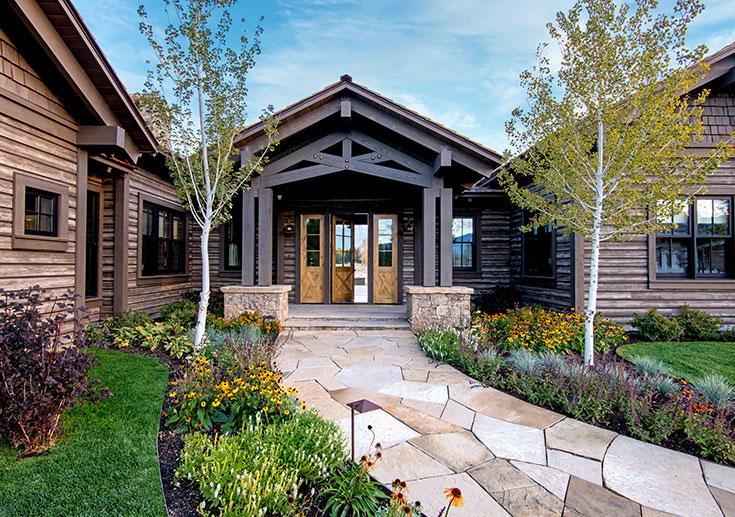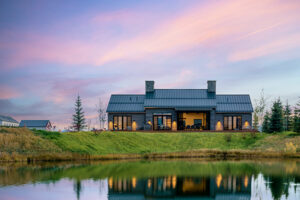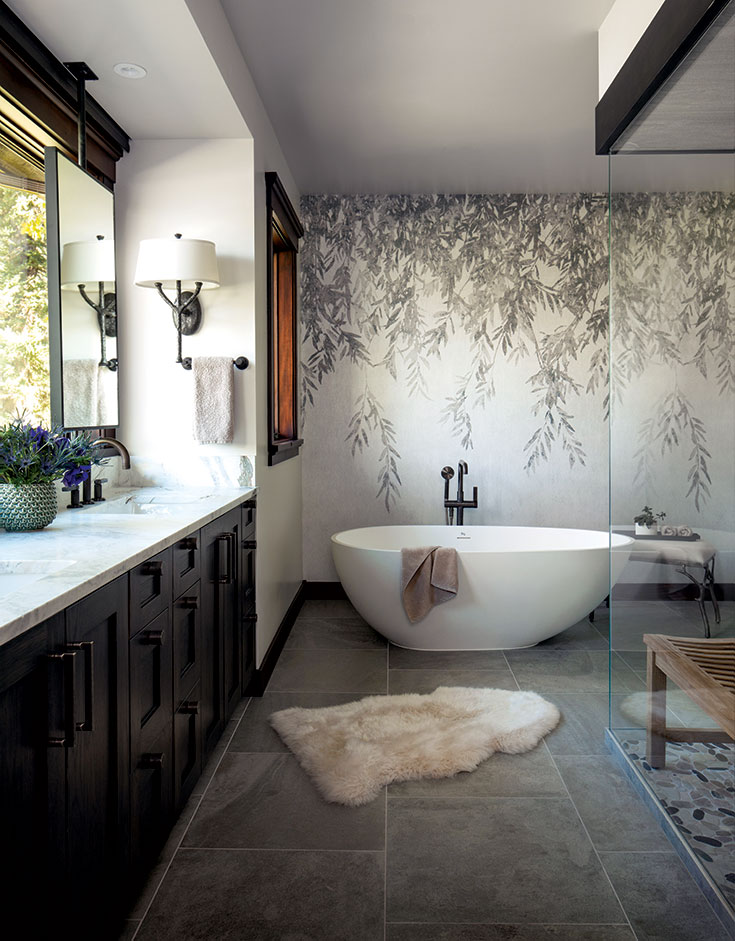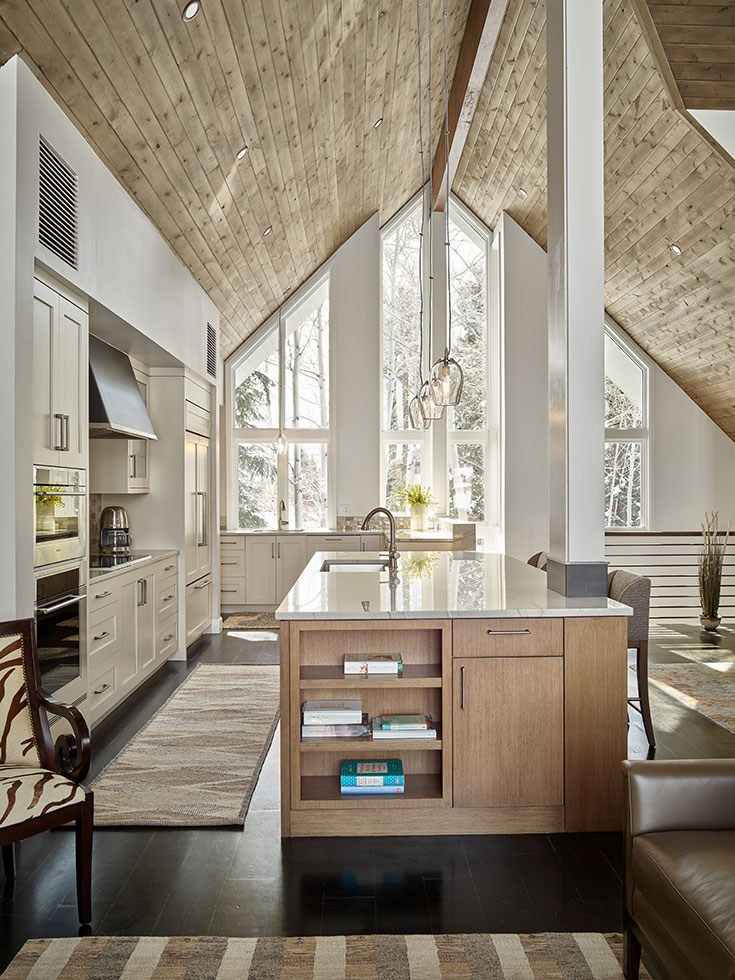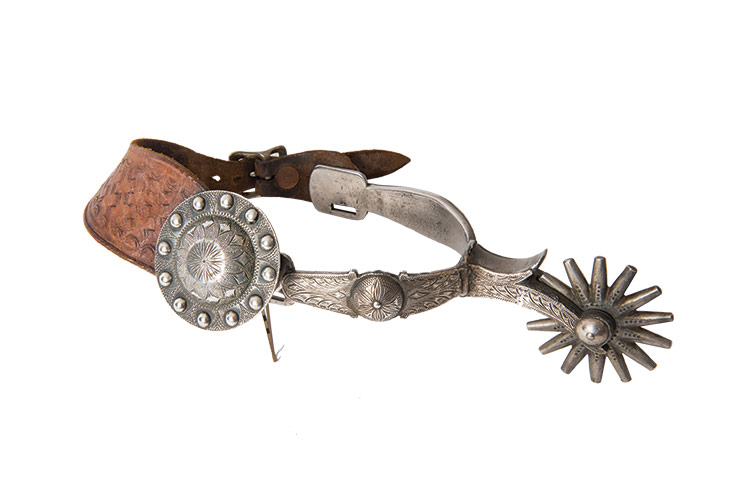
To know Cayuse Western Americana one must understand its name. “The name kind of defines it,” says gallery owner Mary Schmitt. “It means something in the Native American world and the cowboy world.” Cayuse, she explains, is the name of a Native American tribe known for breeding horses in what is now Washington and Idaho. When settlers came west on the Oregon Trail, they replaced the horses and oxen that died along the way by trading for horses with the Cayuse. These horses didn’t resemble the breeds the settlers were accustomed to, like thoroughbreds and Morgans, so they called them “cayuse.” Eventually the word became common slang among cowboys to describe all horses.
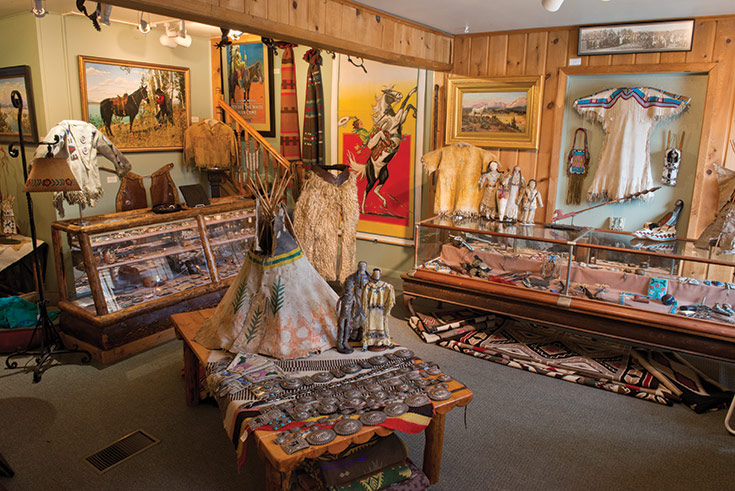
Schmitt chose the name because her gallery features antiques and artifacts from both the Native American and cowboy worlds, which have captivated her since she was a teenager in California. When her high school friends wanted to see Europe, she wanted to explore the United States and learn more about its history. After college she sold phone systems, but also scoured flea markets for antique spurs and other items when she wasn’t working.
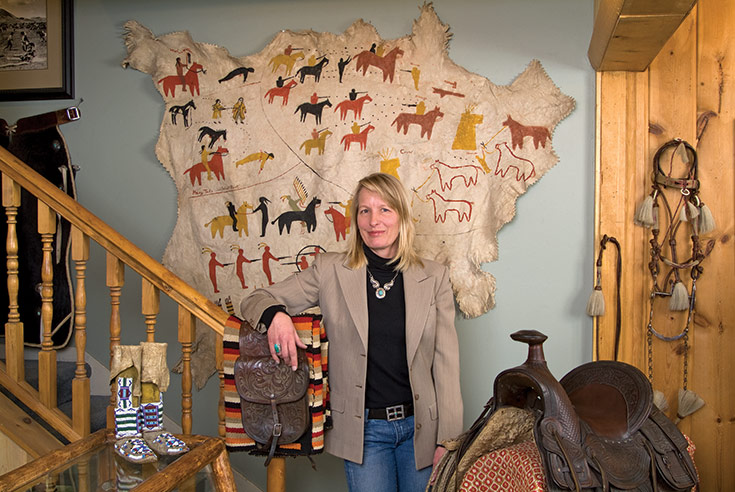
I’m really interested in keeping the culture of the West alive—and not in a kitschy fashion.
~ mary schmitt
The business potential of Schmitt’s hobby was revealed in 1989, when Butterfields, a prominent auction house at the time, sold spurs and saddles as high-end art for the first time. It caused a major shift in how people saw and valued the antiques of cowboys and Native Americans.
Encouraged by this trend, in 1997 Schmitt opened Cayuse in Jackson, a town she’d visited and fallen in love with as a teenager. The shop is part art gallery, part museum, featuring Native American, cowboy and national park artifacts. Schmitt’s collection focuses on horses—a nod to the store’s name—with saddles, chaps and spurs that defined cowboys from the 1850s to 1940s. Her Native American artifacts include saddles, bags and blankets, as well as vintage Navajo turquoise and silver jewelry. Some of the items go back as far as the 1700s.
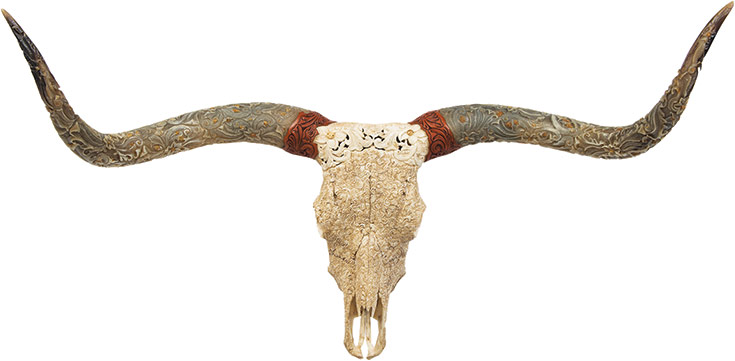
Unlike a museum, the art in Cayuse isn’t behind glass. Patrons can touch a buffalo-hide saddle blanket, feel the exquisite beadwork on traditional clothing and hold an antique pistol.
When Schmitt sources new items to sell, she looks for age, authenticity and aesthetics. She’s drawn to Plains Indian items, but also Navajo textiles—saddle blankets and rugs.
“It’s one of those cultural bridges that have such a great story, because you find a Navajo rug in almost every historic piece of the West,” she says. Cayuse also carries jewelry and ornate belt buckles crafted by contemporary artists whose work continues the age-old processes of crafting these items by hand.
“I’m really interested in keeping the culture of the West alive—and not in a kitschy fashion,” Schmitt says.
Gallery, museum, and shop, Cayuse Western Americana is a uniquely Jackson Hole treasure.
